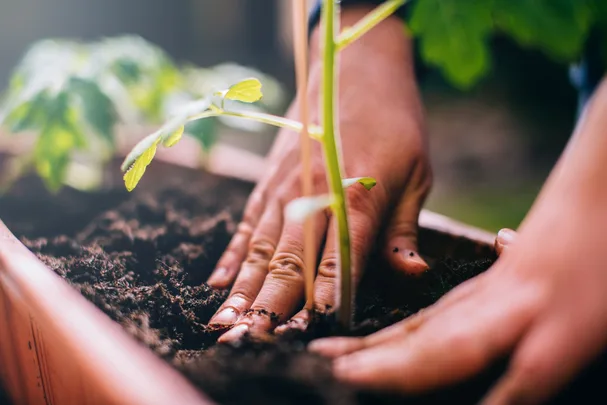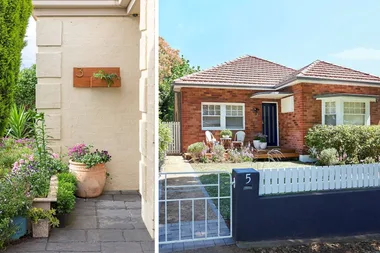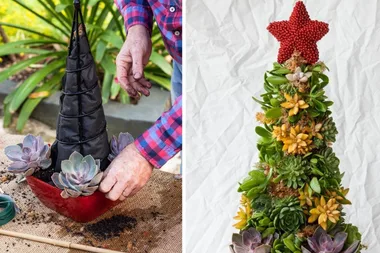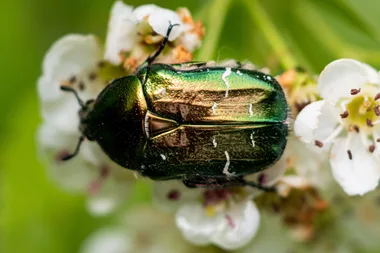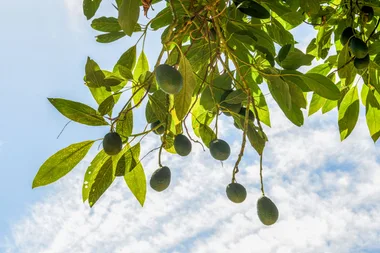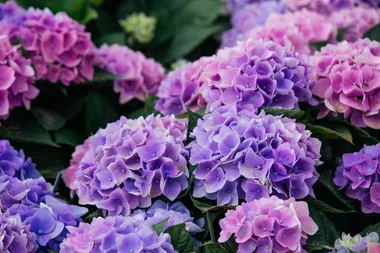Using Epsom salt on gardens might be a popular gardening hack but the concept has been around for generations with the white crystals used to fertilise plants, flowers and vegetables for decades.
Recommended by Master Gardeners and used by commercial growers around the globe, Epsom salt – which is a naturally occurring mineral, magnesium sulphate – is a key nutrient for plants, citrus fruits and vegetables, particularly in spring.
Respected horticulturalist Karen Smith told Better Homes & Gardens Online that not only is the use of Epsom salts an inexpensive, low-maintenance gardening tip, it strengthens the cell wall in the leaves, assists with nutrient uptake and helps plants build their self-defence mechanism, improving the health and look of the garden.
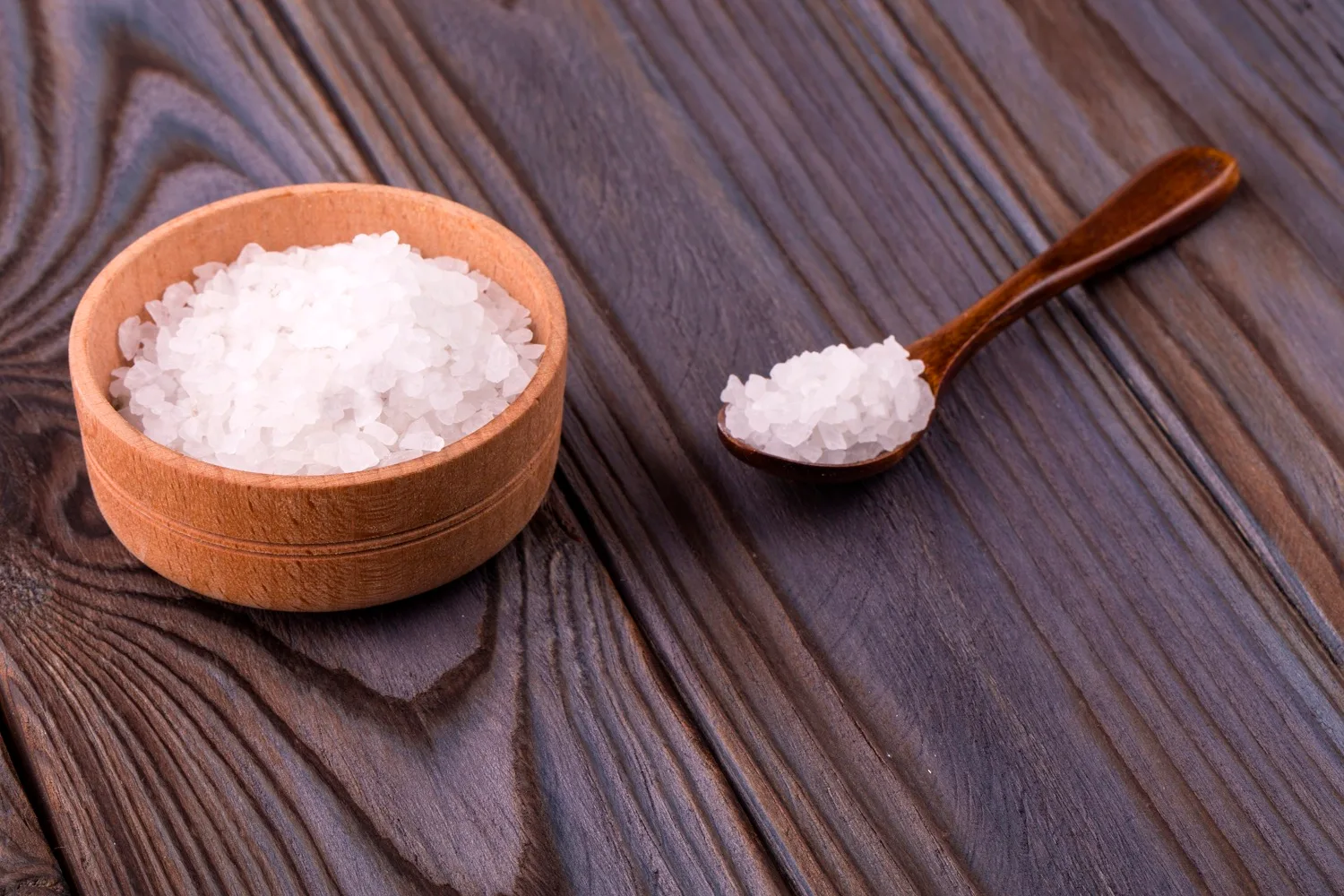
Cornell University Assistant Professor Neil Mattson tells the Epsom Salt Council that if a plant’s leaves turn yellow all over the plant, it can be a sign they need more sulphate.
“If lower leaves turn yellow between the veins – that is the veins stay green – they may need more magnesium,” says Mattson. “Plants need building blocks. Magnesium and sulphur are essential nutrients.”

Like humans taking vitamins to ward off disease, Karen Smith says when added to a fertiliser, Epsom salt increases chlorophyll and helps ward off pests like slugs.
Rose bushes, in particular, respond exceptionally well to Epsom salt given they lack magnesium during blooming.
She says Epsom salt is safe for mostly all plants, and poses very little danger of overuse like commercial fertilisers do. However, some experts do warn against using Epsom salt on sage as the herb is one of the few plants that doesn’t respond well.
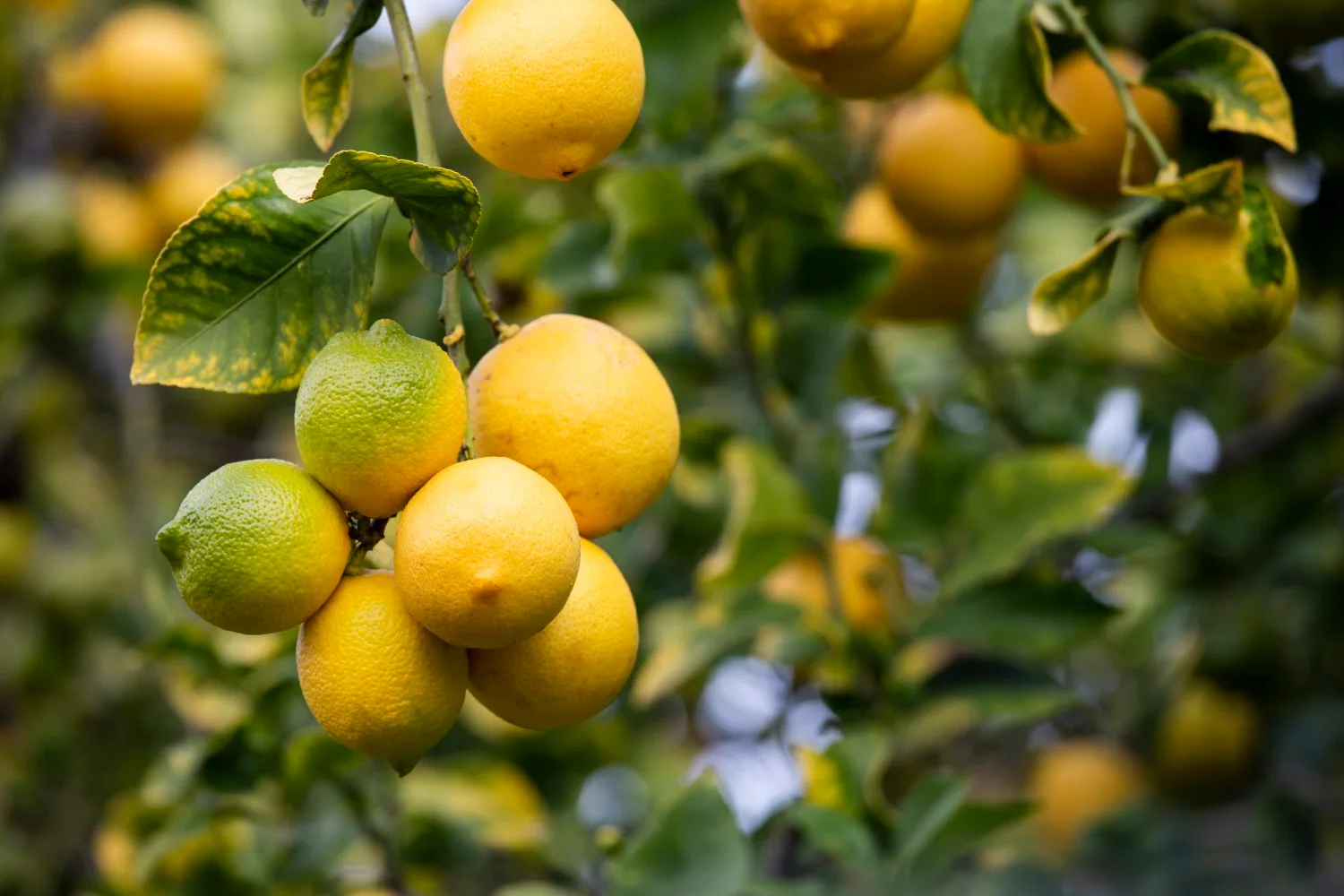
How to use Epson salt in the garden
- Houseplants: Mix half a cup of Epsom Salts in a 10-litre watering can and feed plants monthly.
- Tomatoes: 1 tablespoon per 30cm of plant height per plant and apply Epsom salts every two weeks.
- Roses: Scratch half a cup of Epsom Salt into the soil at base to encourage flowering canes and healthy new basal cane growth. Soak unplanted bushes in one cup of Epson salt per five litres of water to help roots recover. Add a tablespoon of Epsom Salt to each hole at planting time. Spray with Epsom Salt solution weekly to discourage pests.
- Shrubs [evergreens, azaleas, rhododendron]: Apply Epsom Salts over root every few weeks.
- Trees: Apply two tablespoons per three square metres. Apply over root zone three times annually.
- Garden start-up: Sprinkle one cup per 10 square metres. Mix into soil before planting.
You may also like
How to install a raised herb garden bed
The ultimate summer gardening checklist
